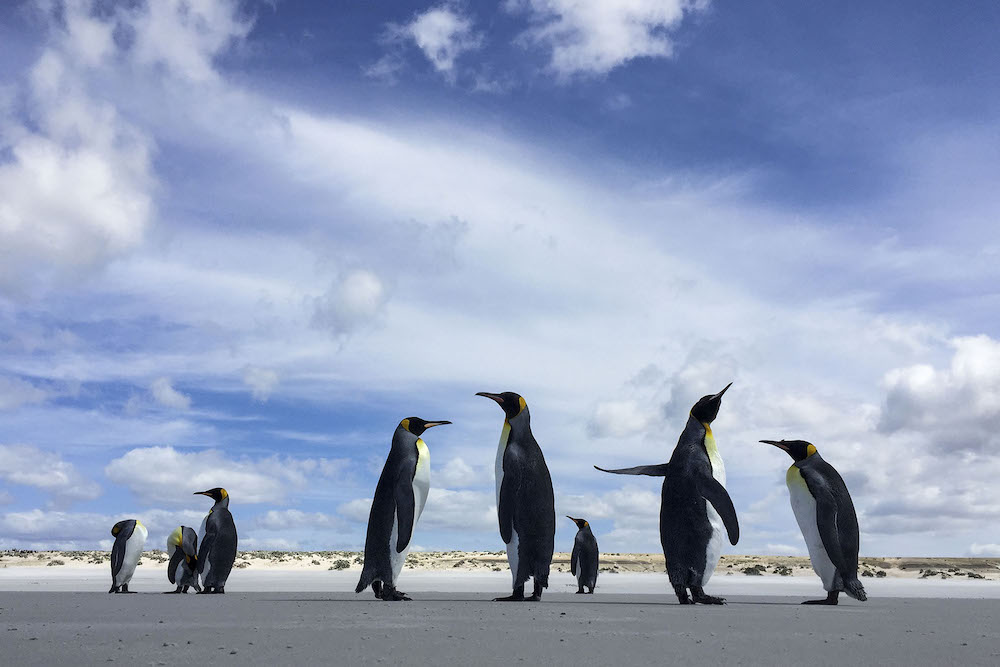Ice Loss Threatens Emperor Penguins, Species at Risk of Extinction by 2100
The tallest penguin species are at risk of extinction in the next 30-40 years due to climate change that could deplete a third of the Antarctic population
The beautiful emperor penguins reside in Antarctica’s freezing icy and tundra seas. But sadly we won’t see this tallest penguin species in the region after the next 30 to 40 years. The reason for this is the increasingly changing climatic conditions that are rapidly melting the crucial ice shelves on the continent. Due to ice melting, the emperor penguins are at higher risk of extinction by 2100, as per scientist Marcela Libertelli from the Argentine Antarctic Institute (IAA).
Emperor penguins give birth in the Antarctic winter and they require solid sea ice for nesting newborn chicks from April to December. In the growth phase, the adult penguins keep newborn chicks between their legs to give them warmth while strolling on the thick ice sheet. But if the sea freezes later or melts rapidly, the emperor family won’t complete its reproductive cycle. More frighteningly, if the melting water gets to the newborns, they would drown as they are too tiny to swim and don’t have waterproof plumage.
Libertelli, who has studied over 15,000 penguins in Antarctica at the IAA, observed this at the Halley Bay colony in the Weddell Sea, where all the chicks of the world’s second-largest emperor penguin colony died for three consecutive years. And, the reason was the quickly melting ice.

Image: NY Post
The emperor penguins’ extinction would have a big impact on Antarctica. There are already very few species residing in this region. And, with the extinction of this iconic species, it will be a tragic loss for the planet. It also indicates an increasing threat to even more species in this colder region.
The increasing fishing and tourism in Antarctica have put the future of these penguins at risk by impacting krill. The krill is one of the key food sources for penguins and some other species. Without their main food source and disruption in the reproductive cycle, it’s really hard for these beautiful creatures to survive in the future. Only sustainable changes in human activities seem to save the future of these majestic creatures.
Via: Times of India


